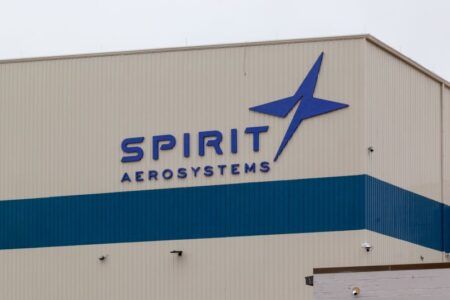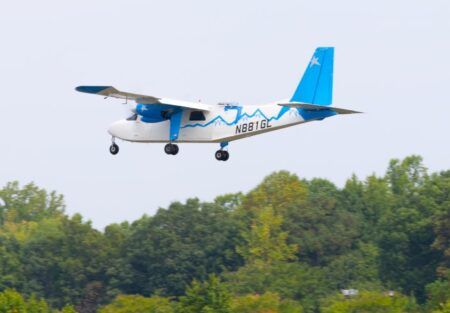The test results for the Martin-Baker US16E Ejection Seat for all F-35 variants have been validated, with all lightweight pilots now cleared to fly, the US Air Force has reported.
The Air Force signed the military flight release document on May 2 which lifted the restriction on the F-35 pilots who weigh less than 136 lb (62kg).
Martin-Baker field teams have begun installing modification kits to the ejection seats. The first aircraft with a modified seat flew on May 4.
“This is a testament to the men and women of Martin-Baker who were presented with an issue, engineered simple and cost-effective solutions, and proved through rigorous testing that we were making pilots’ lives safer,” said James Martin, Martin-Baker Joint CEO.
“This has been the most-scrutinized and intensively tested ejection seat in history. We are extremely pleased that we have successfully met all the specified physiological head and neck load requirements as demonstrated during the Ejection Seat test program.”
At issue was the potential for head and neck injuries to be caused across the entire escape system, which includes the Gen III lightweight helmet. Martin-Baker and industry partners made modifications and came up with a three-part solution: a timing delay switch to modify the parachute load for pilots of different weights; a head support panel to drastically reduce the amount of stress of the head and neck; and a significant reduction in the weight of the helmet.
“I have personally briefed every single F-35 pilot in the United States Air Force about these changes to their ejection seat, and I’m confident our pilots are no longer concerned with the safety of the F-35 ejection system. I’ve flown in this seat myself and believe, with these modifications, this is the safest ejection seat I’ve ever flown,” said Brig Gen Scott L Pleus, F-35 Integration Office Director.
A robust test program evaluated these modifications across the pilot size and speed ranges. Ejection tests were carried out at Martin-Baker’s test facilities at the USAF high speed track at Holloman Air Force Base (AFB), New Mexico, with the US16E ejected at altitudes up to 27,000ft. These ejection tests were supported by live parachute jumps onto land and sea, and extensive component and rig testing.
“I have an ejection seat on this airplane now that is better than anything in the field or anything projected to be in the field,” US Air Force Lt. Gen. Christopher Bogdan, head of the F-35 Joint Program Office, told reporters in March.
“It can handle a pilot from 103 lb to 240 lb+, from about 5ft up to a 6.5ft person.”
May 17, 2017




